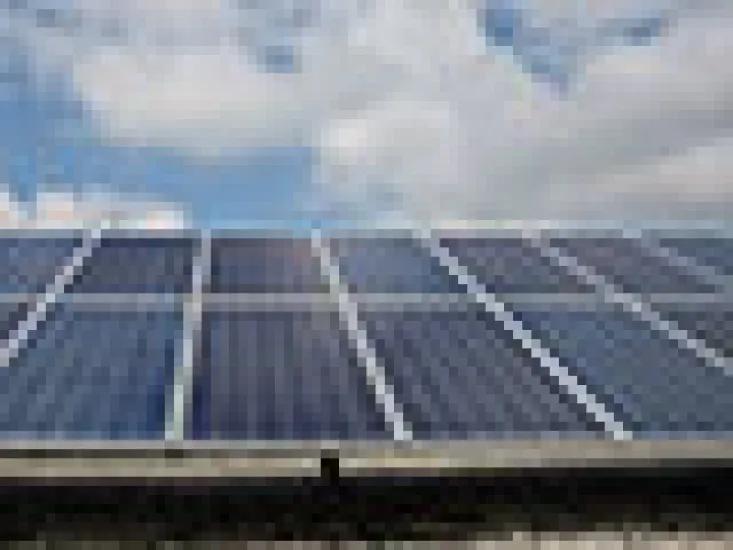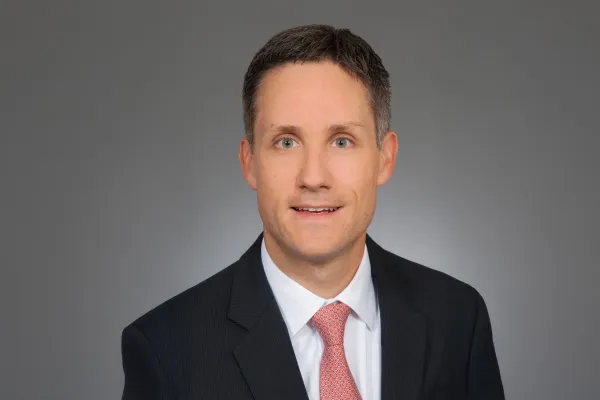Like the financial world’s equivalent of the belle of the ball, the yield co has beguiled investors and set off lots of chatter in the renewable energy segment. Some of the banter hasn’t been quite so positive, though. Critics have questioned everything from unimpressive dividends — one investor quipped that a better name might be “lack-of-yield cos” — to their potential for growth over the long term.
Yield co proponents acknowledge these concerns, but they hold steadfast to their belief in the future of these companies and maintain that clean energy has a nearly endless amount of expansion ahead of it. And no one would dispute that yield cos have opened up the renewable energy asset class to a whole swath of new investors, bringing down the cost of capital for the companies that develop and operate wind, solar and other renewable energy projects.
The question is, As more and more yield cos and other buyers enter the market and competition for renewable energy assets grows, just how low can the cost of capital go before concerns about potential returns start putting off investors?
A yield co is a publicly traded spin-off of a larger company designed to operate clean energy projects and generate consistent cash flow. Yield cos attract investors with the promise of regular dividend payments, supported by those cash flows. Since New Jersey– and Houston-headquartered energy company NRG Energy listed the first-ever yield co on the New York Stock Exchange in July 2013, there has been a steady string of successful initial public offerings. There are now seven publicly traded yield cos listed in North America; a handful listed on the London Stock Exchange; and upcoming yield co IPOs planned by First Solar, SunPower Corp. and Canadian Solar, as well as a second spin-off from SunEdison, parent of existing yield co TerraForm Power, which will focus on emerging markets.
U.S.-based public yield cos with a long enough track record do show steadily increasing quarterly dividend payments, and all paid dividends in the fourth quarter of 2014 roughly equal to or exceeding those of the previous quarter. The largest jump came from TerraForm, which boosted its fourth-quarter dividend by 20 percent. Still, the dividend yields for U.S.-based public yield cos mostly stand around the 3 percent mark, with the exception being Pattern Energy Group, at just over 4.5 percent. With the ten-year U.S. Treasury yield hovering just below 2 percent, some investors argue that 3 percent payouts do not justify the added risk of yield cos.
Moreover, for their dividends to be sustainable long term, these companies must continue to acquire new projects, either bought from the yield co parent in a transaction called a drop-down or from a third party. Rising asset valuations could diminish the amount of cash available for dividends.
“I think yield cos are a great innovation, as they represent an efficient and scalable way to fund renewable assets,” says Everett Smith, managing partner of GoldenSet Capital Partners, a Stamford, Connecticut–based firm that finances small renewables developers and aggregates assets into portfolios it hopes yield cos will buy. “But like with a lot of good ideas, when people see a good thing they all pile in,” he continues. “As more and more yield cos have come into being, the supply of capital has increased, and that has stepped up demand for assets and pressured valuations in some cases.”
Yield co proponents contend that long-term investors pay more attention to potential growth and to total return, which includes share-price appreciation. At the time of their IPOs, most of the U.S.-listed yield cos projected compound annual growth rate in cash available for dividends of roughly 10 to 15 percent for three to five years — and some have even upped the stakes. TerraForm is now targeting compound annual growth of 24 percent in per-share dividend from 2014 to 2019. With a dividend yield of roughly 3 percent and capital appreciation of 24 percent per year, investors could see a 27 percent total return over the next five years.
Some in the field argue, however, that investors should view yield cos as amortizing assets — with the value paid out in dividends over the 15- to 30-year typical asset life. When aging assets can no longer support dividends or when early investments become diluted by the capital needed to invest in newer assets, share prices will fall. “And nobody wants to be left holding the shares when that happens,” says a source familiar with the market. “Though, at the moment, there are a lot of big institutions that think that day is far off.”
Those who believe in the yield co structure aren’t worried at all, though. “This is all a normal progression as a market like this evolves,” says Carl Weatherley-White, president and CFO of Lightbeam Electric Co., an independent renewable energy power producer based in Sausalito, California. “Many of the questions that people are asking now, the issues that people are facing, have precedence in the master limited partnership market.” MLPs, a publicly traded limited partnership often utilized by oil and gas companies, are effectively serving as a model for renewable energy’s yield cos. Weatherley-White points out that there was skepticism when the first MLPs were listed more than three decades ago, but the investment vehicle has enjoyed wide market acceptance since then.
Proponents also point to enormous growth potential, not only within current markets but also by branching out geographically and into new technologies. In addition to SunEdison’s planned emerging-markets yield co, Abengoa Yield, spun off of Spanish energy company Abengoa, has been praised as having the broadest mandate, with renewable energy, power generation and electric transmission assets in North America, South America and Europe. In February the yield co announced that a second purchase of assets from its parent would include two desalination plants in Algeria.
Less than two years since their debut, yield cos are finding their footing. If investors are willing to follow them into bigger and broader territories, yield cos will continue to step forward.
Get more on corporations .






